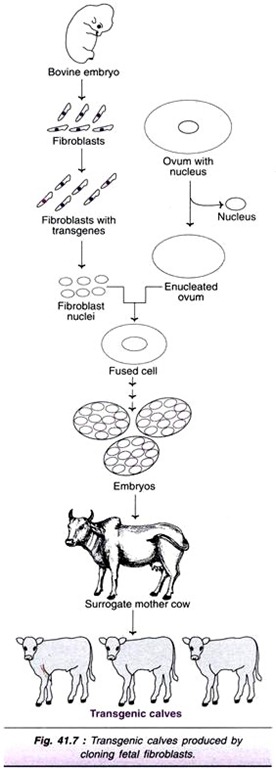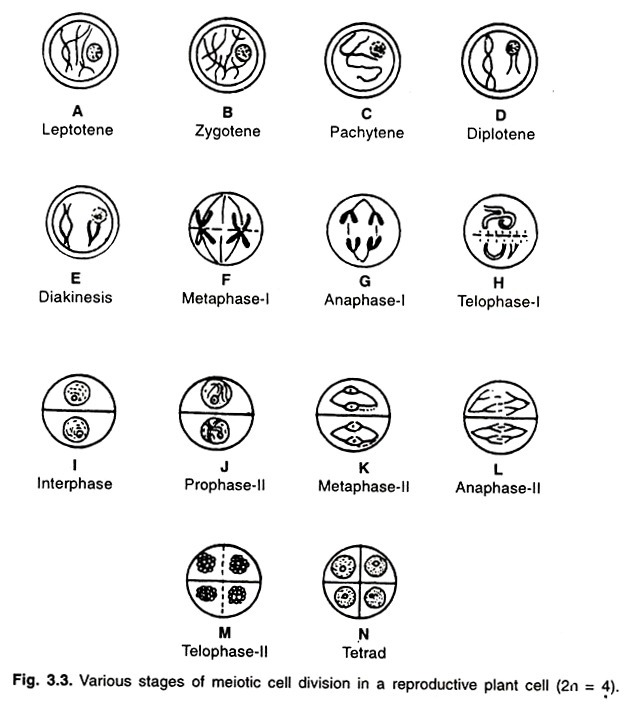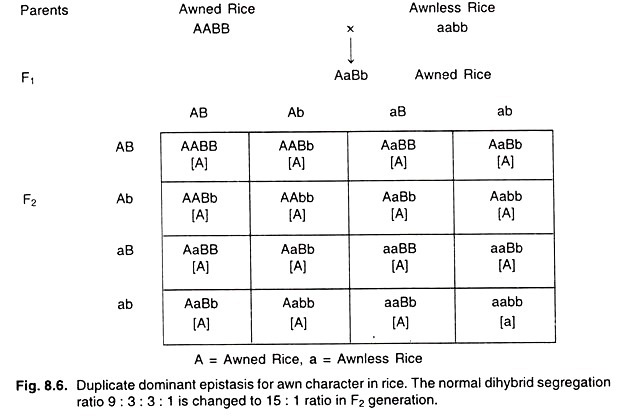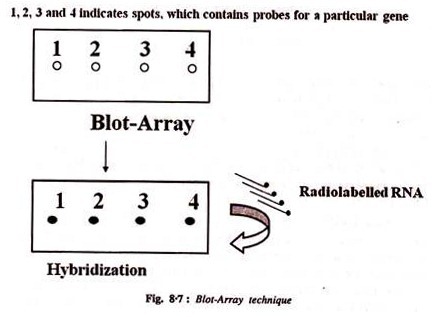Any environmental change due to which any organism shows reaction is known as stimulus.
The reaction shown by the organism is called response. The organism gets many stimuli from its environment, these are called external stimuli.
The organism gets these stimuli from the other organisms or any other living things or heat, water, temperature, light and wind. Some stimuli come from the inside of the body of an organism, these are called internal stimuli.
Nerve Impulse is an electrochemical change occurring in the membrane of a nerve fiber produced by a stimulus.
What is Nervous System?
The human body has quite a few systems. These systems work together but perform separate particular processes. All the systems are closely related to each other. So, it is necessary to keep co-ordination among all of them and among the organs of each system. This coordination is done by a system, called nervous system (Fig. 6.1), which is a network of various nerves. A nerve consists of a bundle of nerve fibre, a number of neurons make a nerve fibre, there are about 30,000 million nerves in human body. The speed of nerve impulse is 100 meters per second.
Need of Nervous System:
Nervous system is required in our body due to some factors:
1. Nervous system informs us about the outside world through the sense organs.
2. Nervous system helps us to think, to remember.
3. This system regulates involuntary activities like heart beat and breathing.
4. It controls and keep co-ordination among various system of the body.
Structure of Neuron:
A neuron is a structural and functional unit of nervous system. A neuron consists of the following parts (Fig. 6.2).
(a) Cyton:
The main part of neuron is a cell body, it is called cyton. Cyton contain nucleus and cytoplasm.
(b) Dendrite:
These are highly branched structures of cyton. Dendrite has specialized structured to receive message.
(c) Axon:
Axon is long specialized process aries from the cyton. It may be from few mm to up to more than one metre in length. Axon is surrounded by a sheath called myelin sheath. Places, where one neuron communicates with another are called synapses. There are three kinds of neurons.
1. Sensory neurons:
These neurons carry impulses from the sense organs up to the brain.
2. Motor neurons:
These are made up of motor nerve fibre and carry impulses from central nervous system to various organs.
3. Association neurons:
These are located in the brain and spinal cord, which connect sensory and motor centres.
There are three main divisions of the nervous system:
1. Central nervous system (CNS):
Central nervous system includes the brain and the spinal cord.
The Brain:
Brain is the most vital and delicate part of human body. It is enclosed inside the skull. Brain is protected by three membranous coverings called meninges. The dura mater is the outermost tough covering, arachnoid is the middle one contains blood vessels and the tender. Innermost layer is pia mater. The membranes contain a fluid between them is called cerebrospinal fluid. It nourishes the brain and absorb shocks. Brain has three main parts (Fig. 6.3).
1. The cerebrum
2. The cerebellum
3. Medulla oblongata.
The Cerebrum:
This is the largest part of the brain it is divided into right and left halves called cerebral hemisphere. This covers all the parts of the brain. The outer part of this is lightly convoluted with ridges and grooves, these increases the surface area of the brain.
The two hemisphere are held together by a structure called corpus callosum. Surface of cerebrum is made up of grey matter and inner side is made up of white matter. It controls mental activities, like thinking and reasoning, it is seat of intelligence and centre for memory. It perceives the impulses such as pain, touch, smell, taste, hearing and light.
The Cerebellum:
This is smaller part of the brain, present just at the base and under the large cerebrum and above the medulla oblongata. It consists of two large lobes called cerebellar hemispheres. It has an inner core of white matter which is surrounded by grey matter. Its main function is to maintain body ‘balance’ and coordinate muscular activities.
Medulla oblongata:
This is triangular in shape and is the lowest part of the brain located at the base of the skull. It controls involuntary activities such as heart beat, respiratory system, coughing and sneezing.
The Spinal Cord:
The spinal cord (Fig. 6.4) is a long, un-segmented structure extends from the medulla oblongata. It runs down almost the whole length of the backbone to the end at the second lumbar vertebra. It is covered by three covering called meninges. Cerebrospinal fluid is filled between the meninges. Spinal cord is hollow from inside containing a cavity called central canal. Spinal cord is concerned with three functions, reflexes below the neck, carrying sensory impulses from the skin and muscles to the brain, conducting motor responses from the brain to the muscles of limbs and trunk.
2. Peripheral nervous system: (PNS):
Includes the nerves that emerge from the brain and spinal cord. Cranial nerves emerge from the brain, there are twelve (12) pairs of cranial nerves. There are thirty one (31) pairs of spinal nerves emerge from the spinal cord. There are 8 pairs present in neck region, 12 pairs on the thorax region, 5 pairs in the lumbar region, 5 pairs are present in sacral and 1 pair in the coccygeal region.
3. Autonomic nervous system (ANS):
The autonomic nervous system consists of a pair of chains of nerves and ganglia on either side of the back bone. It controls all the involuntary activities of various body viscera (means internal body organs, especially those in the abdomen) (Fig. 6.5).
Reflex Action:
Reflex action is involuntary, automatic action without the involvement of the brain. The path that an impulse takes in a reflex action is called a reflex arc (Fig. 6.6). All the reflexes taking place are of two types, unconditional reflexes and conditional reflexes. Pavlov is father of conditional reflexes. Closure of eyes on seeing very bright light, knee jerk, withdrawal of hand on touching fire, sneezing are the examples of unconditional reflexes.
Wild animal in a circus are trained, salivation of mouth on hearing the bell for food are the examples of conditional reflexes. Modern imaging techniques can reveal brain activity as well as structure. They allow doctors and scientists to observe the complex functioning of different regions of the brain, and to diagnose where damage has occurred. Some methods use X-rays, some measure brain activity, while others record brainwaves. These images are shown in figs. 6.7 (a to f).






